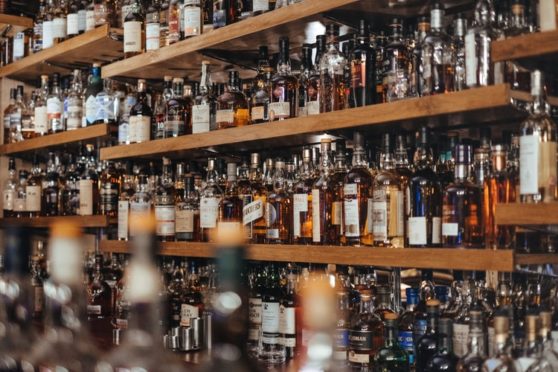Researchers from St Andrews University are using lasers to accurately measure the authenticity of some of the world’s most exclusive whiskies, without ever removing the cap.
With counterfeit drinks costing the UK economy more than £200 million each year, researchers have developed a technique to ensure people who acquire rare bottles of whisky – which can fetch over £1 million at auction – can have confidence the contents are genuine.
Research led by scientists from the School of Physics and Astronomy, published in the journal Analytical Methods, uses laser spectroscopy, a process of shining laser light into a substance, for it to scatter into different colours.
These depend on the chemical make-up of the substance, so can be used to identify its materials.
Researchers at St Andrews demonstrated a decade ago laser spectroscopy could be used to identify counterfeit whisky but the glass of the bottle interfered with the process, meaning a small quantity of the liquid was required for testing.
Professor Kishan Dholakia, who led the study, said: “Personally, I hate it when I have to spare a drop of whisky for validation checks.
“I’d much rather drink the whole bottle.
“Laser spectroscopy is a powerful tool for characterising the chemical make-up of many materials but to use it to characterise alcohol in its original container in this simple way is really exciting.”
The group of postdoctoral researchers, Holly Fleming, Mingzhou Chen and Graham Bruce, led by Professor Dholakia, used a glass element to shape the light to produce a ring of laser light on the bottle surface and a tightly focused spot within the liquid contents.
As the signal from the bottle and the signal from the liquid are at different positions, a detector can be placed to record only the signal from the liquid, meaning the contents can be assessed without opening the bottle.
The method has been published in the journal Analytical Methods and is available online: https://doi.org/10.1039/D0AY01101K.










